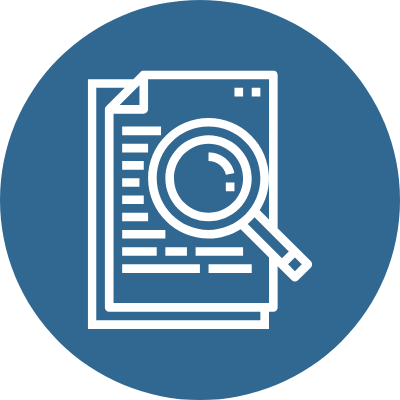 As global energy demand grows and environmental problems become more serious, finding sustainable, green sources of energy has become an urgent priority. Wind energy is a non-polluting, renewable source of energy and wind turbines are devices that convert wind energy into electricity. This paper will introduce the working principle of wind turbines in detail, analyse their advantages and challenges, as well as future development trends.
As global energy demand grows and environmental problems become more serious, finding sustainable, green sources of energy has become an urgent priority. Wind energy is a non-polluting, renewable source of energy and wind turbines are devices that convert wind energy into electricity. This paper will introduce the working principle of wind turbines in detail, analyse their advantages and challenges, as well as future development trends.
A. The basic principle of wind turbines
A wind turbine is a device that uses the power of the wind to drive a generator. The core principle is based on Bernoulli’s law and Newton’s third law. Bernoulli’s law describes the relationship between the speed of a gas or liquid and its pressure, i.e. the higher the speed, the lower the pressure. Newton’s third law, on the other hand, shows that the action and reaction forces interact with each other.
When the wind blows across the blades of a generator, the wind speed decreases and the pressure increases on one side of the blades, and the wind speed increases and the pressure decreases on the other side. This pressure difference creates a lift force that causes the blades to rotate. The rotating blades drive the generator through the main shaft, and the generator generates an electric current, which eventually converts wind energy into electricity.
B. The main components of a wind turbine
Wind turbines are mainly composed of the following parts:
1. Blade: responsible for capturing wind energy, driving the generator rotation. Usually 2 to 3 blades, with a special aerodynamic design to improve the efficiency of wind energy capture.
2. Hub: connects the blades to the main shaft and transmits the rotational force of the blades to the main shaft.
3. Spindle: connects the hub to the generator and is responsible for transmitting the rotational force to the generator.
4. Generator: responsible for converting the rotational force into electrical energy. Common types are synchronous generators and asynchronous generators.
5. Transmission: adjusts the speed ratio between the spindle and the generator in order to adapt to the different wind speeds required to generate electricity.
6. Control system: responsible for monitoring the operating conditions of the wind turbine, for automatic regulation and fault protection.
7. Tower: supports the entire wind turbine structure, usually made of reinforced concrete or steel.
C. Advantages and challenges of wind energy
1. Advantages
(1) Renewable: Wind energy comes from the uneven heating effect of solar energy, which is an endless source of energy.
(2) Environmental protection: wind power generation does not produce harmful substances in the process, no pollution to the environment.
(3) Low operating costs: After installation, wind turbines have relatively low operating and maintenance costs.
(4) Can be combined with other energy sources: wind energy can be combined with renewable energy sources such as solar and hydro energy to improve energy utilisation.
2. Challenges
(1) Instability of wind energy resources: wind speed is difficult to predict and wind energy resources vary greatly from region to region.
(2) High initial investment costs: wind turbine construction and installation costs are relatively high and require long-term investment to recover costs.
(3) Space occupation: wind farms occupy a large area and may affect the use of land resources.
(4) Noise and ecological impact: wind turbines generate noise during operation, which has a certain impact on the surrounding ecological environment and organisms.
D. Future development trend
1. Improve conversion efficiency: through research and development of new materials and optimization of design, to improve the efficiency of wind energy conversion into electricity.
2. Large-scale and offshore wind power: large wind turbines can increase the power generation per unit area and reduce costs; offshore wind power is conducive to the use of abundant offshore wind resources.
3. Intelligence: the use of the Internet of Things and big data technology to achieve real-time monitoring and intelligent regulation of wind turbines and improve operational efficiency.
4. Energy storage technology: research and development of efficient energy storage equipment to solve the problems caused by the instability of wind energy resources.
As a green and sustainable energy conversion device, wind turbines are playing an increasingly important role in the global energy transition process. By continuously optimising their design, improving efficiency and combining them with other renewable energy sources, wind turbines are expected to provide humanity with more clean and reliable electricity in the future.

